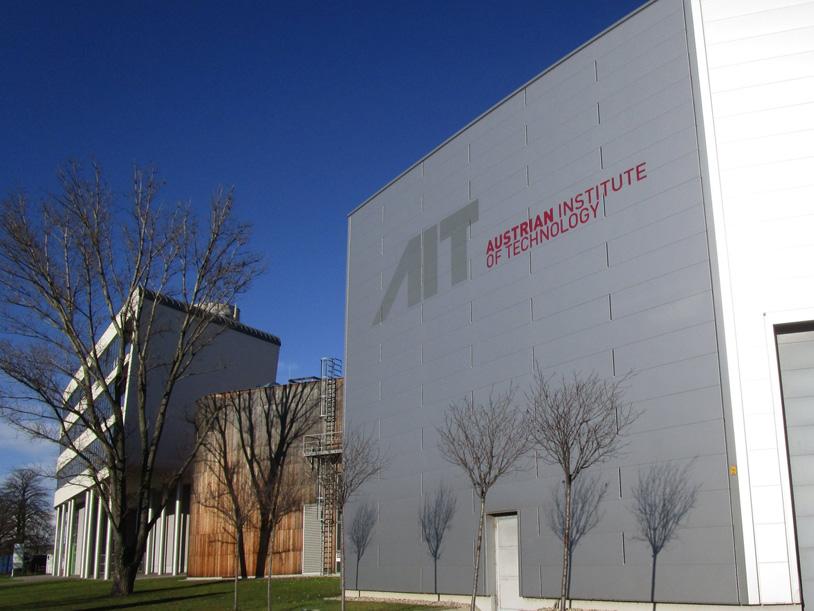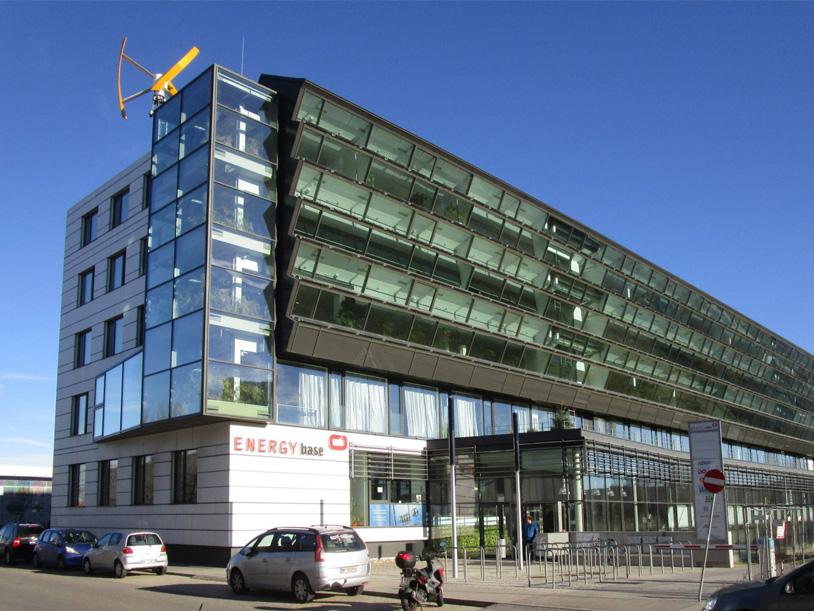
Company Description
The AIT Austrian Institute of Technology is Austria’s largest non-university research institute. With its eight Centers, AIT regards itself as a highly specialised research and development partner for industry. Its researchers focus on the key infrastructure issues of the future: Energy, Health & Bioresources, Digital Safety & Security, Vision, Automation & Control, Mobility Systems, Low-Emission Transport, Technology Experience and Innovation Systems & Policy. Throughout the whole of Austria – in particular at the main locations Wien Giefinggasse, Seibersdorf, Wiener Neustadt, Ranshofen and Leoben – around 1,300 employees carry out research on the development of those tools, technologies and solutions that will keep Austria’s economy fit for the future in line with our motto “Tomorrow Today”.
Mission Center for Energy
The AIT Center for Energy is pursuing the mission of supporting the transformation path towards increased sustainability, efficiency and low-carbon performance both on a technological and system level based on scientific excellence. The grand challenges such as decarbonisation, digitalisation and urbanisation are at the very core of the Center’s activities addressing three major systems: 1) sustainable and future oriented energy infrastructure covering the entire chain from renewable generation (such as PV, wind, etc.) to distribution and consumption, 2) the transformation of cities and urban regions towards more sustainable and resilient environments addressing the impact of climate change and 3) improving the carbon-footprint and increasing the competitiveness of energy- and resource-intensive industries through efficient low-carbon technologies and processes.
Assets connected to the Be-Smart Project
- AIT, as a certified test-lab within the IECEE scheme, is responsible for performance and reliability testing of (full scale) active building-envelope elements for the electrical performance, electro-optical and mechanical properties, and if/how these properties change by accelerated ageing procedures. As the test procedures used in actual PV component certification are (i) mainly designed for detection of early failure modes, but not well suited to give insight in long term reliability and real-life degradation rates, and (ii) are mainly designed for rack-mounted fielded “standard” PV-systems, these ageing procedures have to be adapted for active building envelope components (WP3 mainly, but to some extent also within WP2).
- AIT, as an active member in national and international standardization development processes, addresses standardization issues in the project by transferring knowledge from current standardization projects as within the IEC TC82 Photovoltaic PT 63092 on building integration, and e.g. within the current IEC TC82 WG2 standardization development projects for new editions of the IEC 61215 series on module design qualification and type approval, as well as amendments to the module safety standard, the IEC 61730 series, guidance to test conditions regarding higher operating temperatures, IEC TS 63126, and extended stress testing procedures, IEC TS 63209. Within the project new approaches in testing and certification will be developed, that shall lead to a more accurate and easier way of checks if/how local requirements from the construction side can be met (WP3, WP4).
- AIT, as a provider of trainings for PV installers and Building Services Engineering personnel (dealing with HVAC, heat pumps, building informational modelling, etc.), will also support in the development of training material promoting the application of active building envelopes (WP6, WP7).















